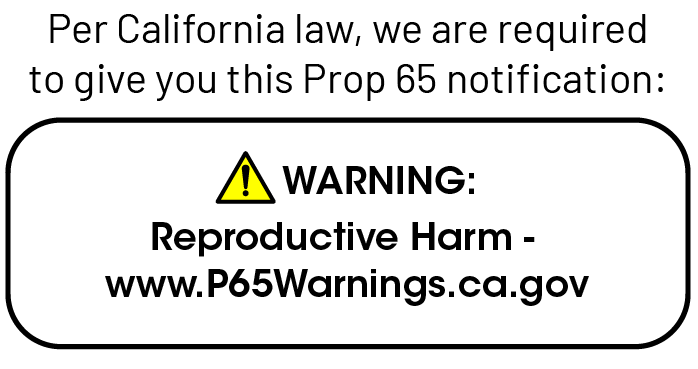Hyaluronic Acid has a tremendous capacity to hold water which will help to keep skin moisturized. It is a natural component contained within the human skin that maintains properties to keep your skin healthy. Hyaluronic Acid can also be used topically to continue stimulating that growth. Use this product to help your skin retain collagen, hold moisture and provide elasticity.
How to use it
Beginner: Add up to half a tube to 4 oz of your favorite base cream or water-based formula.
Advanced: This ingredient is recommended for use at up to 1.5% in formulations. The full 1.5% will form a very thick gel, so less is recommended to acheive a more usable product. For best results, add the powder to room temperature distilled water and allow to hydrate overnight. Once hydrated, mix the solution with a hand mixer and add preservative. This gel can be used as a base serum or added to an emulsion at room temperature.
Quick Tips
This is high molecular weight hyaluronic acid. For best results, spray water or hydramist prior to application. Hyaluronic Acid needs water to work.
Store in a cool, dark place for best results.
Ingredients
Products with this ingredient:
Hyaluronic Acid Moisturizer, Hyaluronic Acid Gel, Hyaluronic Acid Serum, Vegan Hyaluronic Acid Serum, European Cream, Canvas Base Cream, Capillary Health Cream, Hyaluronic Acid Moisturizer, Ultra Calming Cream, Pain Relief Cream, Restoration Cream, Vitamin A Cream, Acne Control Cream, Anti-Aging Cream, Triple Correction Eye Cream, Antioxidant Day Cream, Ultimate Moisturizing Cream, Revitalizing Nutrient Cream, Skin Brightening Cream, UV Repair Cream, Wart Cream
INCI:
Sodium Hyaluronate
Research
Eleni Papakonstantinou, Michael Roth, and George Karakiulakis. Hyaluronic acid: A key molecule in skin aging. Dermatoendocrinol. 2012 Jul 1; 4(3): 253–258.
Samuel L. Collins, Katharine E. Black, Yee Chan-Li, Young-Hoon Ahn, Philip A. Cole, Jonathan D. Powell, and Maureen R. Horton. Hyaluronan Fragments Promote Inflammation by Down-Regulating the Anti-inflammatory A2a Receptor Am J Respir Cell Mol Biol. 2011 Oct; 45(4): 675–683.







